The philosophy and practice of Open Science is at the centre of ASTERICS activities. A key aim of ASTERICS has been to open up the astronomy and astroparticle physics facilities to a wider constituency of stakeholders, from technical audiences to policy makers to the general public. For the final category, we achieve this through crowdsourcing experiments. The rich, complex and large data sets from the coming generation of astronomy and astroparticle physics facilities are very well suited to mining through crowdsourcing. From a scientist's perspective, citizen science is not (simply) outreach; rather, it is primarily a tool for data analysis to achieve science goals. In particular, the citizen science experiments we have developed in ASTERICS are carefully selected to be well-aligned with the major science goals of the facilities. The crowdsourced classifications are also ideal for training machine learning. This makes it possible for human effort to be redirected onto more difficult edge cases, creating a synergistic virtuous circle between machine and human classifications. From a participant's perspective, citizen science directly engages the volunteers with the process of scientific knowledge discovery. Dialogue and debate with the science teams are key to the success of a crowdsourcing experiment. We have also embedded education resources into the citizen science projects for volunteers to take their interests further, and created a series of promotional animations.
Citizen Science
Articles
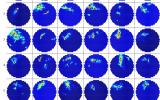 |
Muon Hunters 2.0 - Return of the rings As the ASTERICS project drew to a close, we launched our final citizen science experiment, Muon Hunters 2.0 - Return of the Ring, a follow up to our immensely successful original (ASTERICS-supported) Muon Hunter project.Read more... |
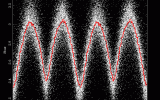 |
Classifying Variable Stars using SuperWASP dataA new project created with the support of the DECS work package aims to classify the many types of periodic variable stars found in SuperWASP survey data using the Zooniverse citizen science platformRead more... |
 |
CREDO – Involving the public in scientific researchThe Cosmic Ray Extremely Distributed Observatory (CREDO) collaboration is an ongoing research project involving scientists and the public from around the world. Read more... |
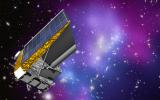 |
Euclid – Challenge the MachinesCan you beat the machines? A new mobile optimised Zooniverse citizen science project developed in collaboration with the DECS team aims to answer this in the context of identifying gravitational lenses.Read more... |
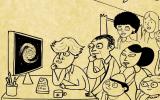 |
60 second adventures (videos)Learn more about multi-messenger astrophysics and ASTERICS in our videos.Read more... |
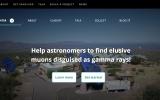 |
Citizen SciencePart of our mission is to engage with the general public as well as technical audiences. That is why we are developing citizen science experiments.Read more... |
Events
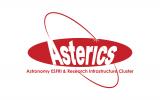 |
Second ASTERICS Citizen Science WorkshopDo you have an idea for, or have you already developed, a citizen science experiment in the areas of astronomy or astro-particle physics? Are you looking to expand the capabilities of citizen science experiments and public engagement and learning from theRead more... |
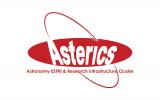 |
First Citizen Science WorkshopThe objective of this workshop is to design and prototype mass participation experiments linked to some or all of the astronomy ESFRI facilities and their precursors / pathfindersRead more... |
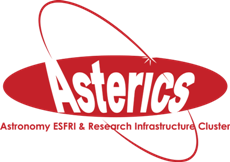
 ASTERICS is a project supported by the European Commission Framework Programme Horizon 2020 Research and Innovation action under grant agreement n. 653477
ASTERICS is a project supported by the European Commission Framework Programme Horizon 2020 Research and Innovation action under grant agreement n. 653477